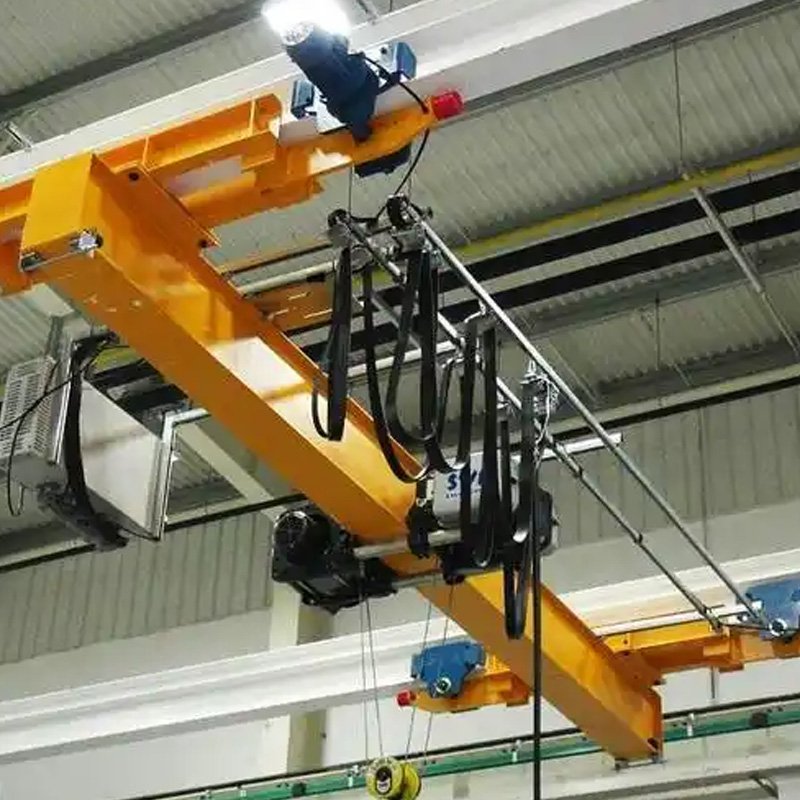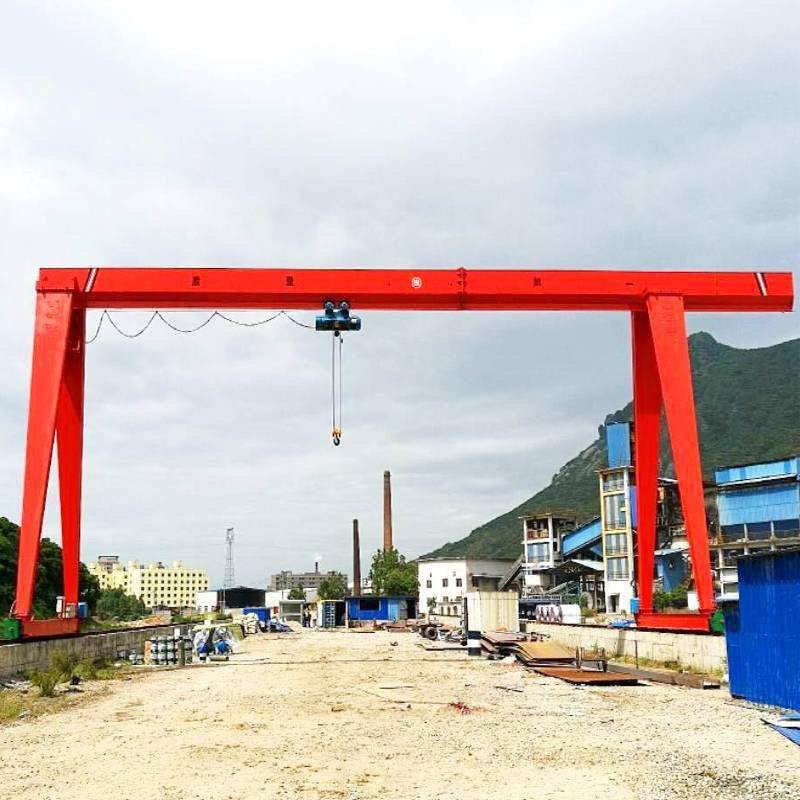In a busy workshop or manufacturing facility, an overhead shop crane is an essential tool that can significantly boost productivity. However, to fully optimize your shop’s performance, it’s crucial to ensure that the crane is designed to meet specific operational needs. In this article, we’ll explore how to optimize the design of an overhead shop crane to improve overall shop productivity by focusing on key design elements and operational efficiencies.
Selecting the Right Type of Overhead Shop Crane
When optimizing your crane system, the first step is selecting the correct overhead shop crane based on your specific needs. Various types of cranes, including single girder and double girder models, cater to different load capacities and shop sizes.
Key Considerations:
- Single Girder Cranes: These are ideal for smaller spaces with lighter load capacities. They are often used in workshops that require quick, precise movements within confined areas.
- Double Girder Cranes: Suitable for larger spaces and heavier loads, these cranes provide more lifting capacity and serve in manufacturing plants or large-scale warehouses.
Choosing the right crane depends on your shop’s load requirements, space availability, and intended use. This ensures that your crane operates at optimal efficiency, preventing unnecessary downtime and improving productivity.

Optimizing Crane Bridge and Track System
The bridge and track system is the backbone of your overhead shop crane design. Optimizing this system can have a significant impact on crane performance and shop productivity.
Bridge Design:
- The crane’s bridge should be designed with robust materials, such as high-strength steel, to support heavy loads while minimizing vibrations and wear over time.
- The design should also ensure that the crane can move smoothly and quickly across the entire span, reducing the time spent moving materials.
Track System Optimization:
- Tracks should be installed with precision to ensure the smooth movement of the crane. Regular inspection of the track system is necessary to prevent issues like misalignment, which can cause operational delays.
By focusing on these two key elements, you can reduce wear and tear, ensure that the crane operates smoothly, and increase productivity by minimizing delays caused by mechanical issues.
Upgrading the Crane Drive System for Greater Efficiency
The drive system of your overhead shop crane determines its speed, precision, and overall efficiency. By upgrading the crane’s drive system, you can achieve smoother operations, faster movement, and better control over loads.
Drive System Options:
- Variable Frequency Drives (VFD): A VFD allows you to control the crane’s speed more efficiently and precisely. It enables smoother starts and stops, reducing wear on both the crane and the operator.
- Energy-Efficient Motors: Using energy-efficient motors can lower power consumption, reduce operating costs, and provide more reliable performance in the long term.
Upgrading your crane’s drive system can significantly boost operational efficiency, leading to faster production cycles and less downtime.

Enhancing Safety Features for Improved Productivity
Safety is a critical aspect of any overhead shop crane design. Incorporating advanced safety features not only protects workers but also ensures the crane operates at its highest efficiency. Safety features prevent accidents that could lead to downtime and costly repairs, which ultimately affect productivity.
Key Safety Features:
- Load Limiters: These devices prevent overloading, ensuring that the crane only lifts within its specified capacity, which reduces the risk of mechanical failure.
- Emergency Stop Systems: An emergency stop system allows the operator to halt the crane immediately in case of any unforeseen problems, preventing accidents and minimizing potential damage to equipment.
- Overload Protection: This feature ensures that the crane is not used beyond its safe lifting limits, further reducing the risk of malfunction.
By focusing on safety, you not only protect your employees but also enhance operational efficiency by preventing accidents that could lead to costly downtime.
Incorporating Automation and Smart Technology
Automation and smart technology have revolutionized the way overhead shop cranes operate. By incorporating advanced control systems, you can increase precision, reduce human error, and further improve productivity.
Automation Features:
- Remote Controls: Modern cranes come equipped with remote controls that allow operators to control the crane from a distance, improving both safety and operational efficiency.
- Automated Load Positioning: With automated load positioning systems, cranes can pick up, move, and place materials with greater accuracy and speed.
- Data Monitoring: Integrated monitoring systems track crane performance and detect potential issues before they become problems, allowing for proactive maintenance.
These automation features not only reduce manual labor but also allow for more precise and efficient operations, helping you achieve higher production rates and less downtime.

Conclusion: Optimize Your Overhead Shop Crane for Maximum Productivity
Optimizing the design of your overhead shop crane can dramatically improve shop productivity by reducing downtime, increasing load handling capacity, and enhancing operational efficiency.
If you want to take your crane system to the next level, contact yonghaoqizhong@163.com for expert advice and customized crane solutions tailored to your shop’s needs. With our professional designs and high-quality cranes, we can help you optimize your operations and maximize productivity.
Crane Design & Optimization
- Understanding Overhead Crane Hoist Parts: Key Components and Their Functions
- Innovative Features of Modern Small Portable Crane Lift
- How a Portable Gantry Crane with Electric Hoist Can Improve Your Industrial Lifting Efficiency
- How a Gantry Overhead Crane Can Improve Safety, Productivity, and Workflow
- Crane Painting: Essential for Longevity and Performance





